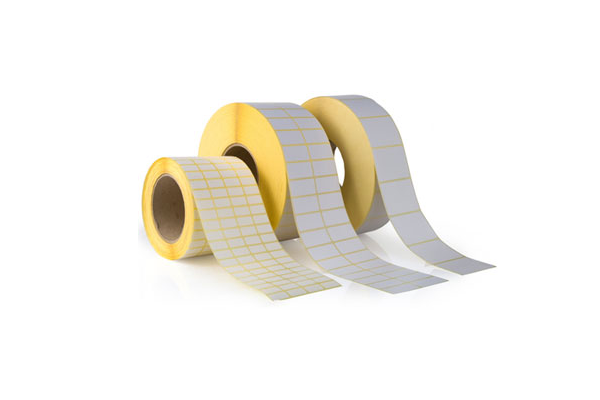
Unveiling the Science of Sticky: A Deep Dive into the Adhesive Technology Behind Sticky Labels
Posted by : Mercury Labels Ltd on Thursday, April 11, 2024 in Sticky Labels.
Sticky labels have
become an indispensable part of our daily lives, seamlessly integrating into
various applications, from packaging to organisation. However, have you ever
stopped to wonder about the intricate science behind their adhesion? In this
blog post, we'll embark on an enlightening journey to explore the fascinating
world of adhesive technology that powers sticky labels.
Understanding
the Chemistry of Adhesion
At the heart of sticky labels lies a complex chemistry that governs their adhesive properties. Adhesives are formulated using a blend of polymers, tackifiers, plasticisers, and other additives, each playing a crucial role in achieving the desired level of adhesion.
Key Points:
- Polymer
Matrix: Polymers form the
backbone of adhesives, providing cohesion and flexibility to the adhesive
matrix. Common polymer types include acrylics, rubber-based adhesives, and
silicones, each offering distinct properties suited for different applications. - Tackifiers: Tackifiers enhance the initial tack or
stickiness of the adhesive, allowing it to adhere quickly to surfaces upon
contact. These compounds improve adhesion on challenging substrates and under
various environmental conditions. - Plasticisers: Plasticisers impart flexibility and
resilience to the adhesive, ensuring it maintains its adhesive strength even
when subjected to stress, temperature fluctuations, or substrate movement. - Additives: Additional additives, such as fillers,
antioxidants, and UV stabilisers, may be incorporated into adhesive
formulations to enhance performance, durability, and longevity.
Insights from Adhesive Experts
To gain deeper
insights into adhesive technology, we turn to experts in the field who have
dedicated their careers to mastering the science of sticky.
Dr. Sarah Thompson,
a materials scientist specialising in adhesion, shares: "The key to
effective adhesive technology lies in understanding the interactions between
the adhesive and the substrate. By optimising adhesive formulations and surface
treatments, we can achieve tailored adhesion solutions for a wide range of
applications."
John Smith, a
chemical engineer with years of experience in adhesive development, comments:
"Advancements in adhesive technology have led to the development of
adhesives with tailored properties, such as repositionability, removability,
and ultra-high strength. These innovations continue to drive progress in
industries ranging from automotive to electronics."
Unravelling the Mysteries of
Adhesive Technology
In conclusion, the science of sticky is a
fascinating realm that encompasses a diverse array of disciplines, from
chemistry and materials science to engineering and physics. By understanding
the intricate interplay of adhesive components and their interactions with
substrates, we gain deeper insights into the principles that underpin the
adhesion of sticky labels and other adhesive products. Armed with this
knowledge, we can appreciate the remarkable advancements in adhesive technology
that continue to shape our modern world, from everyday applications to
cutting-edge innovations. So, the next time you peel off a sticky label or
affix a piece of tape, take a moment to marvel at the scientific marvels that make
it all possible.








